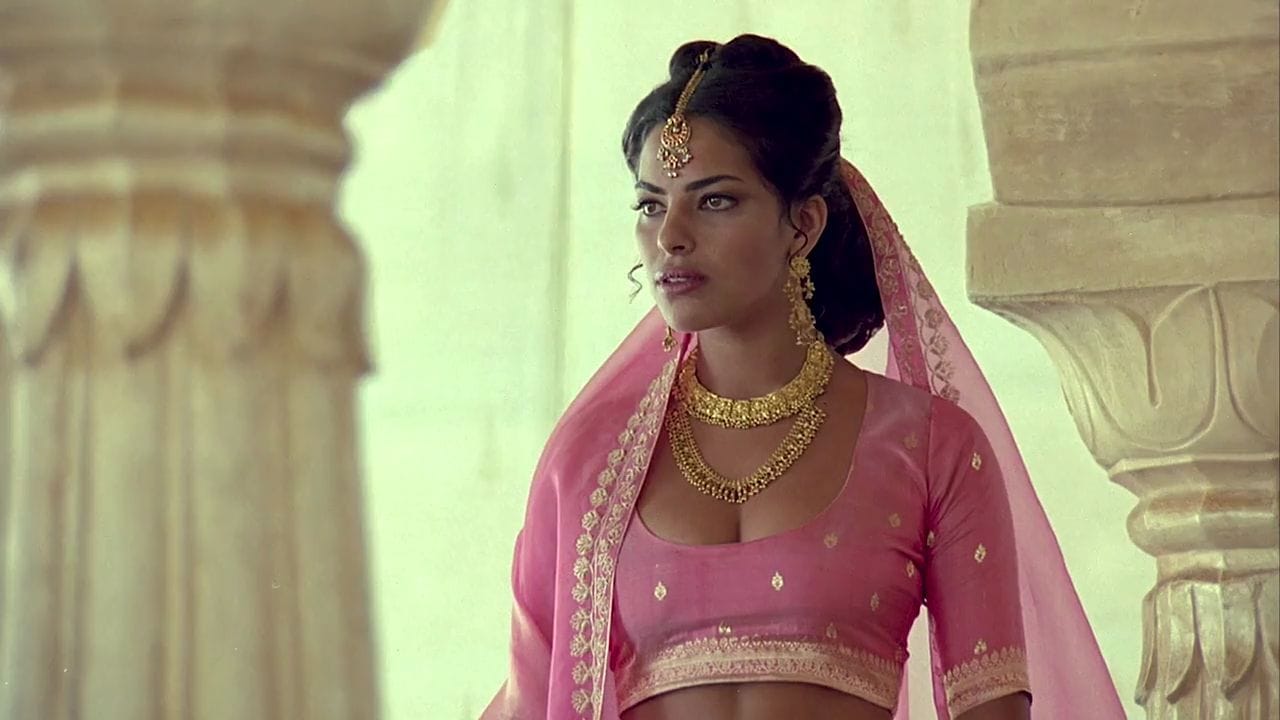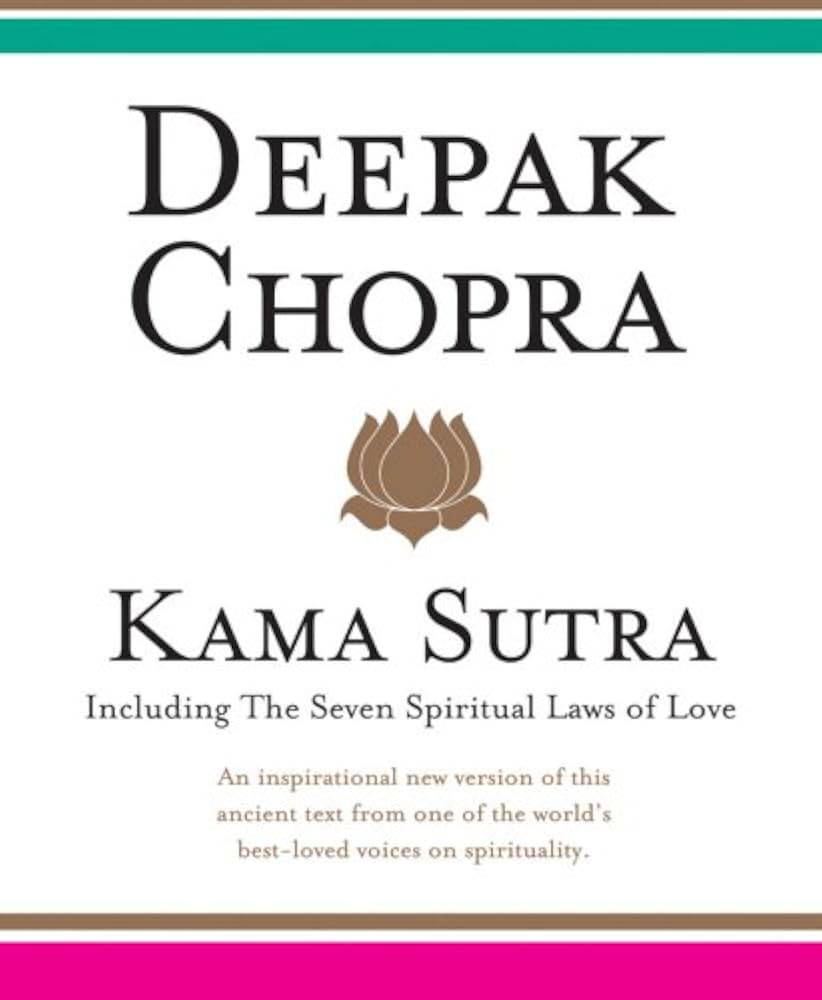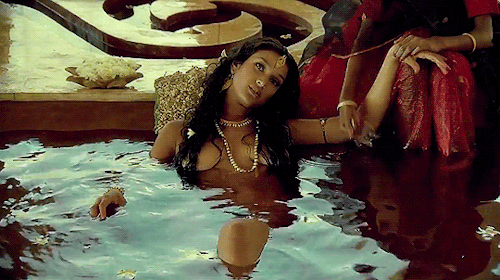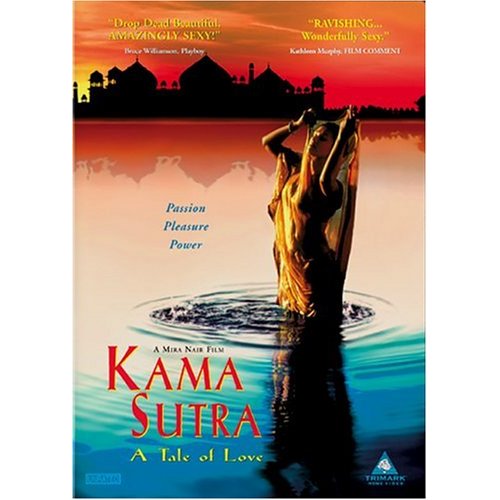Kama-Sutra Today

The Kama Sutra today is widely regarded as a pornographic sex manual, but Indian filmmakers and writers have tried to reclaim it from whence it was hijacked. Mira Nair’s film of 1996 (above and at bottom) was well received: it was released theatrically in India in 1998, but it remains severely cut because of its erotic content, although uncut outside India.
Deepak Chopra has published his own version, about which one Indian reviewer (on Amazon) commented:
Chopra…brings an instinctive Indian understanding of the work that is missing from those endless versions by Western authors. His tone captures the eccentricities of Vatsyayana’s mischievous style perfectly.

The reviewer laments that the Kama Sutra is returning to India via the West – an interesting idea in itself – but I don’t see why this should reflect badly on the West. Richard Burton’s interests were Orientalist in nature, and they were directed at a European readership, where he also was writing about how sexually repressed Britain was. But he helped make the Kama Sutra internationally known and on the whole it reflected well on India. If India supposedly was backwardness and decadence, it was also a land with a more relaxed attitude to sexuality when compared with the British. For the more discerning, Burton revealed that sexuality and spirituality are linked, something Chopra himself emphasizes, and that’s a great message for any time.
Gita Mehta: “The more urbanized the Indian, the more repressed his sexuality.”



